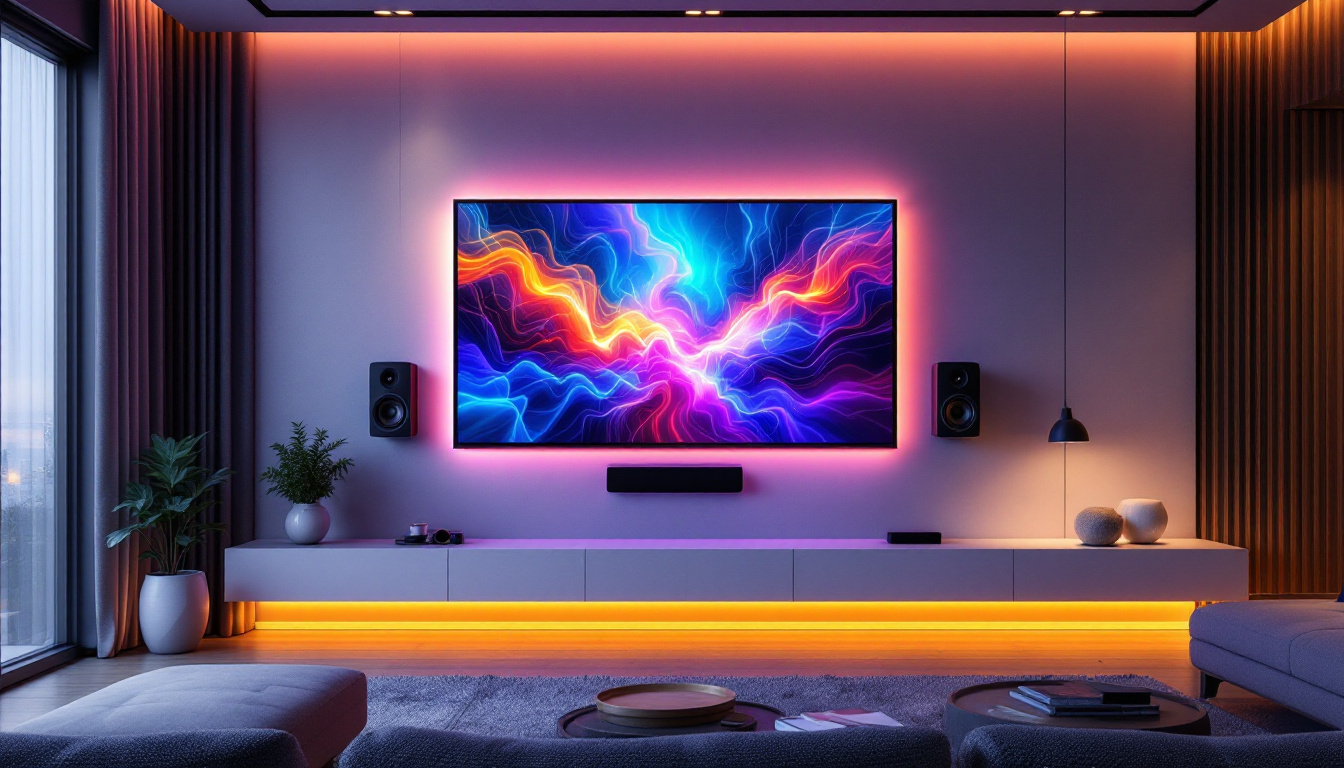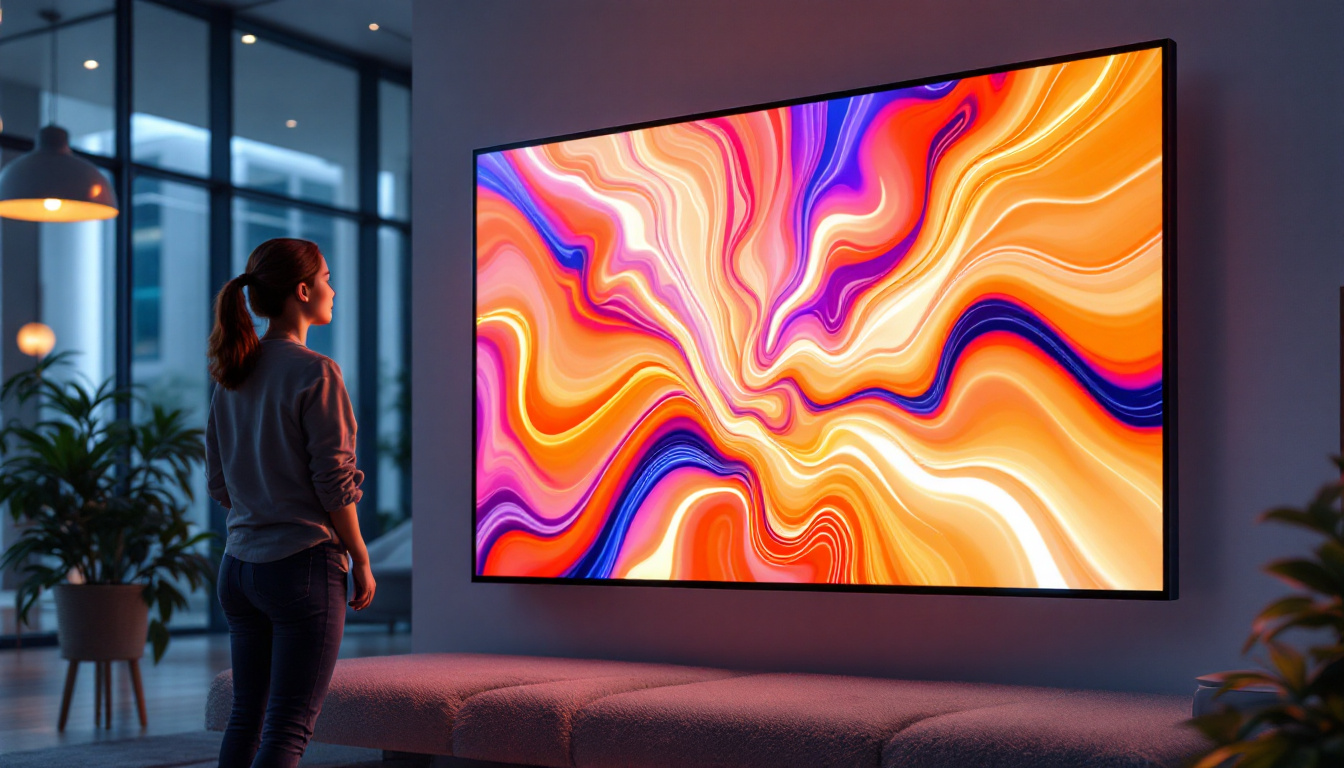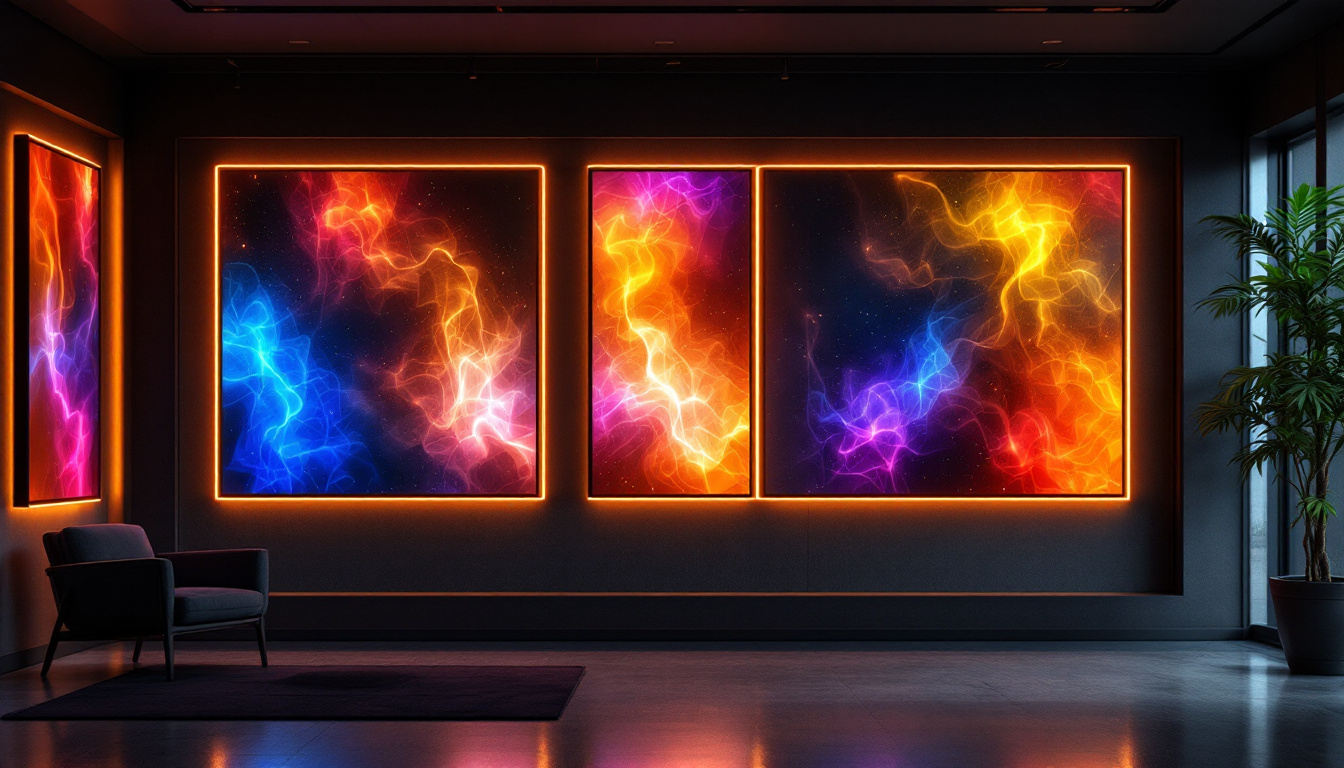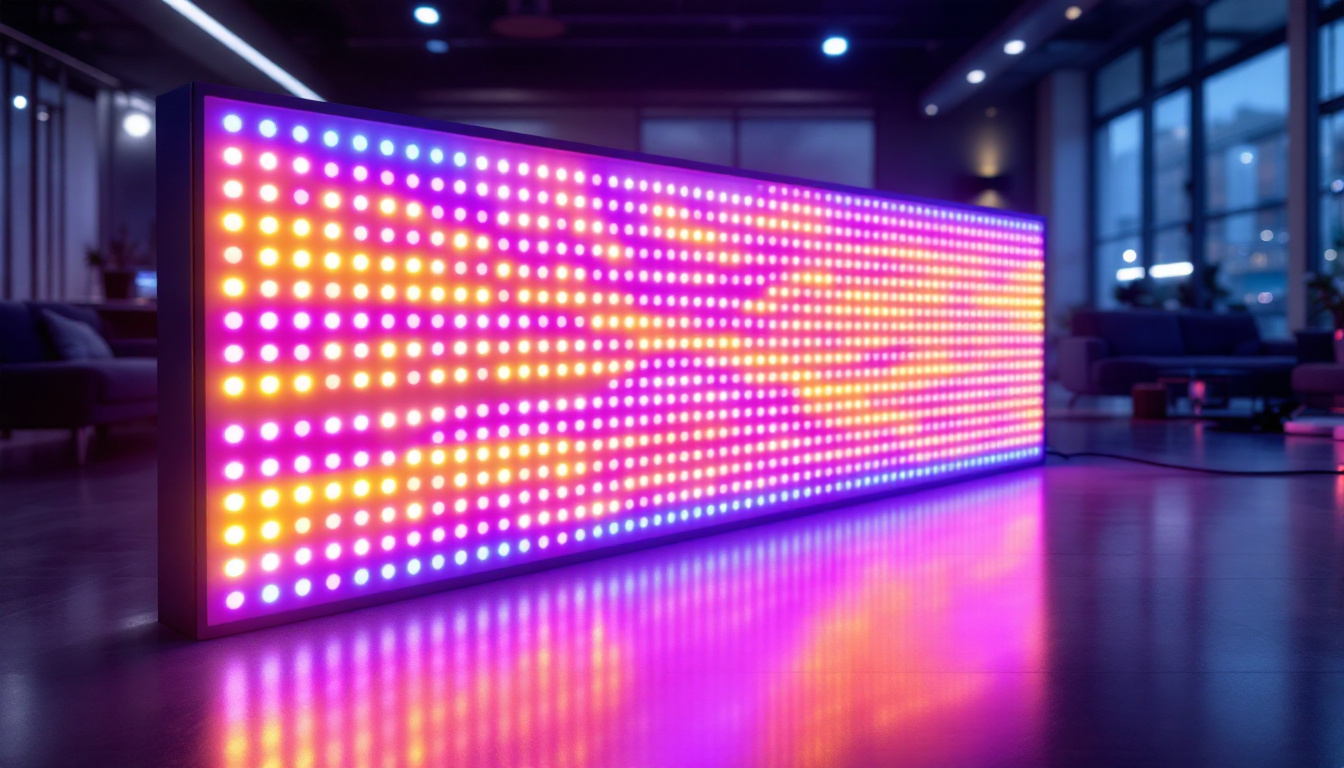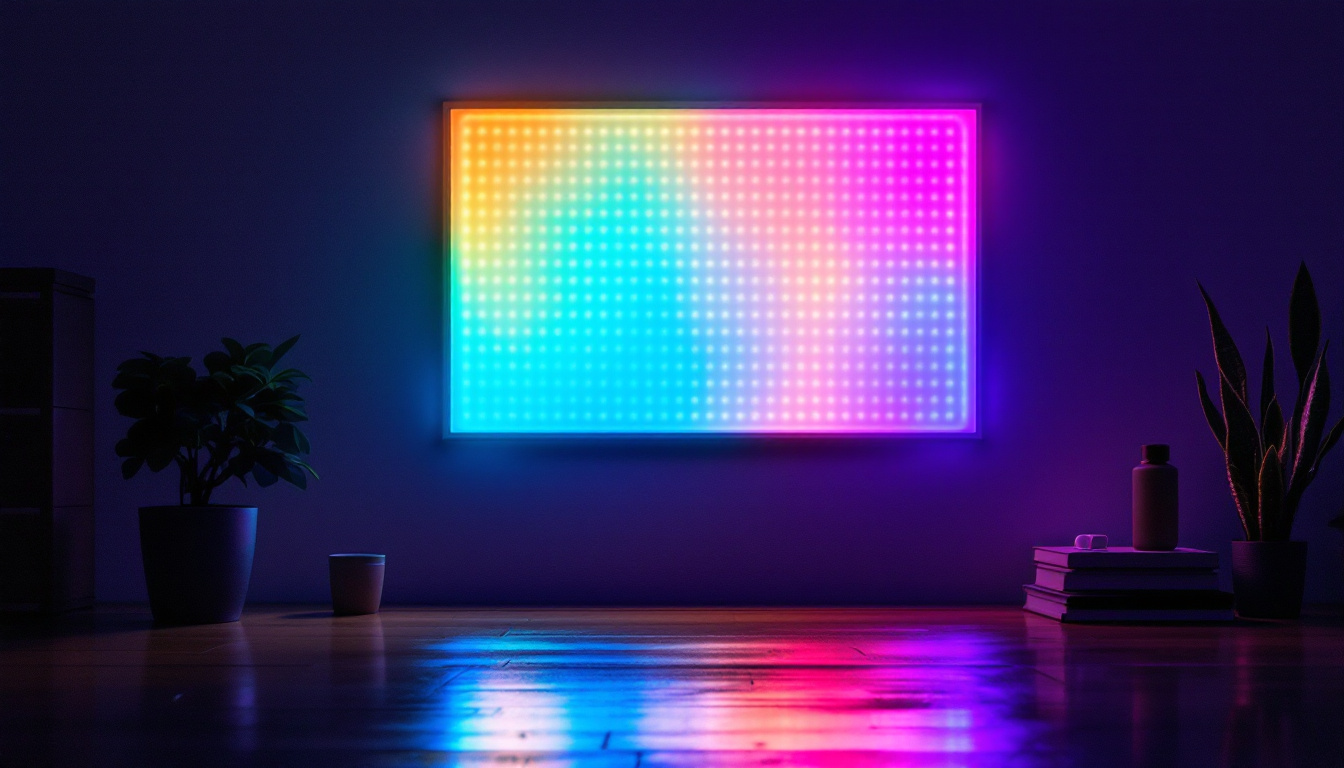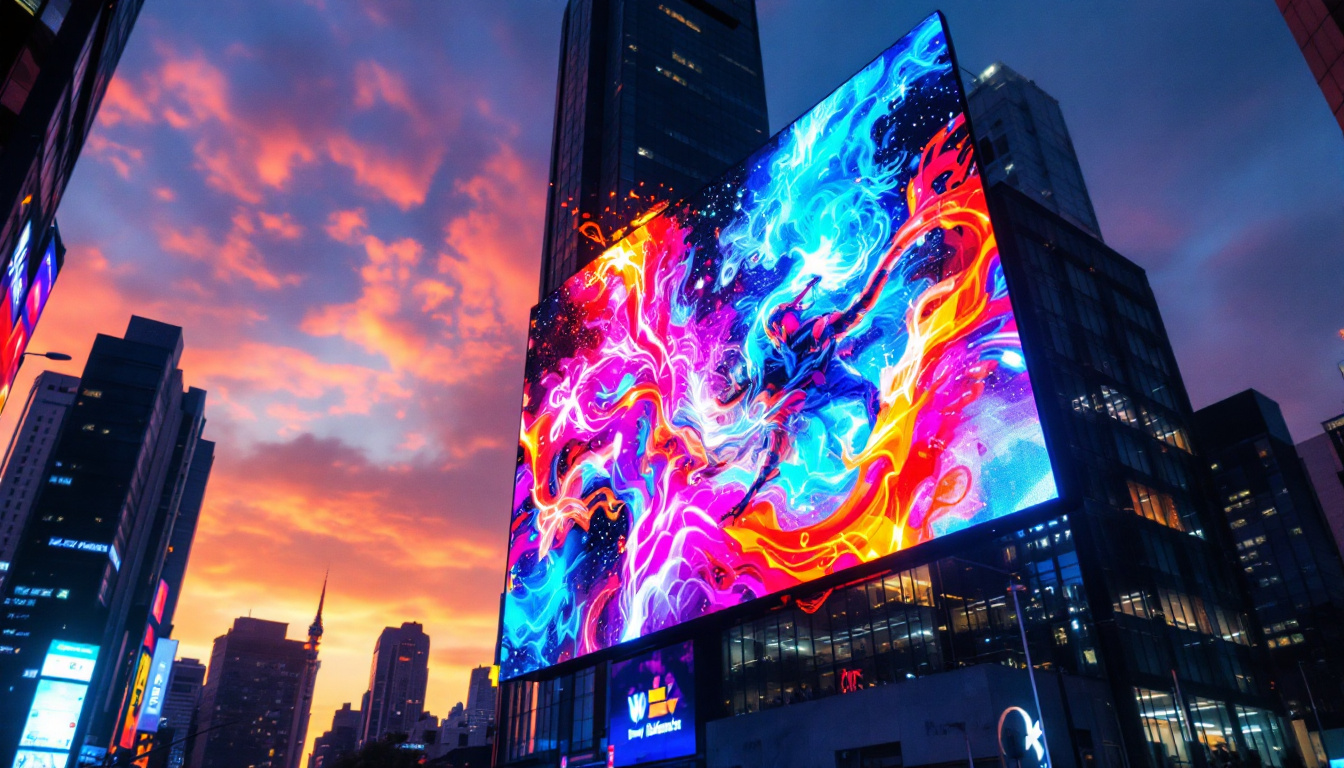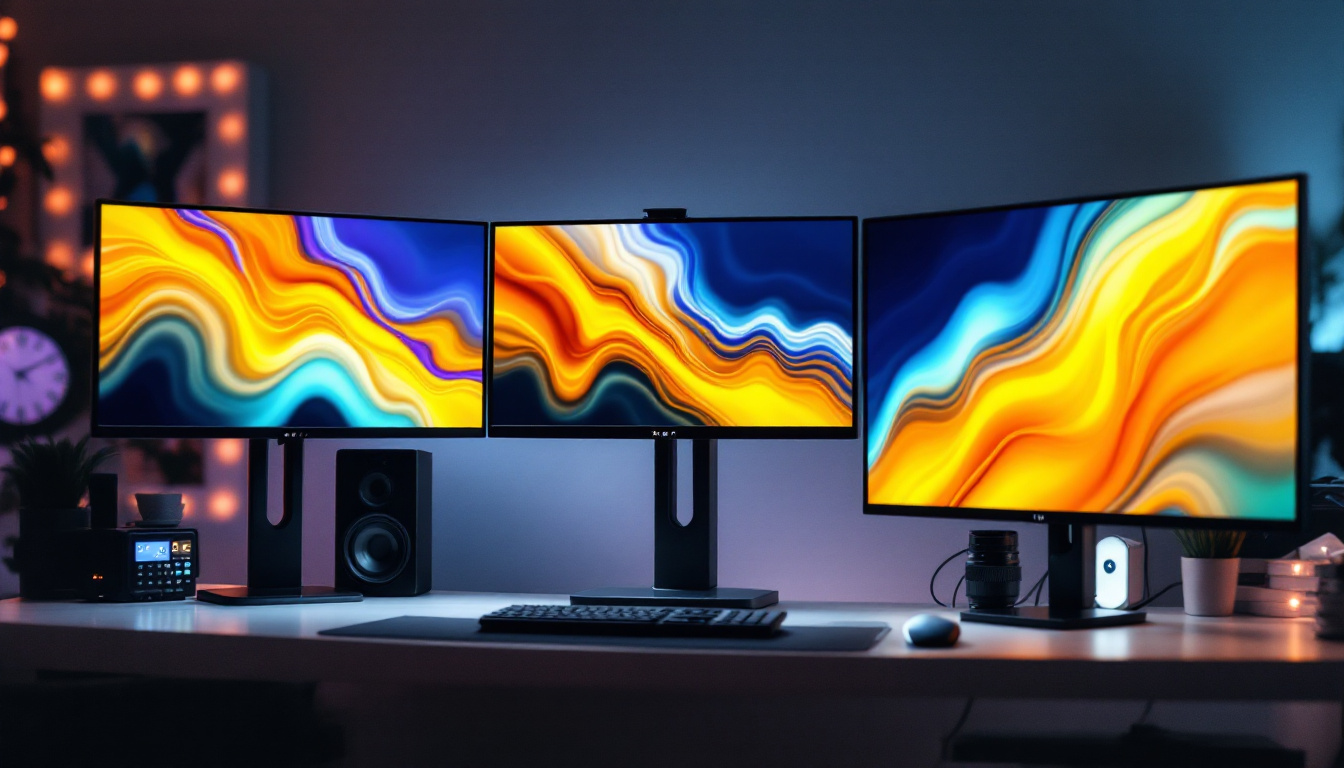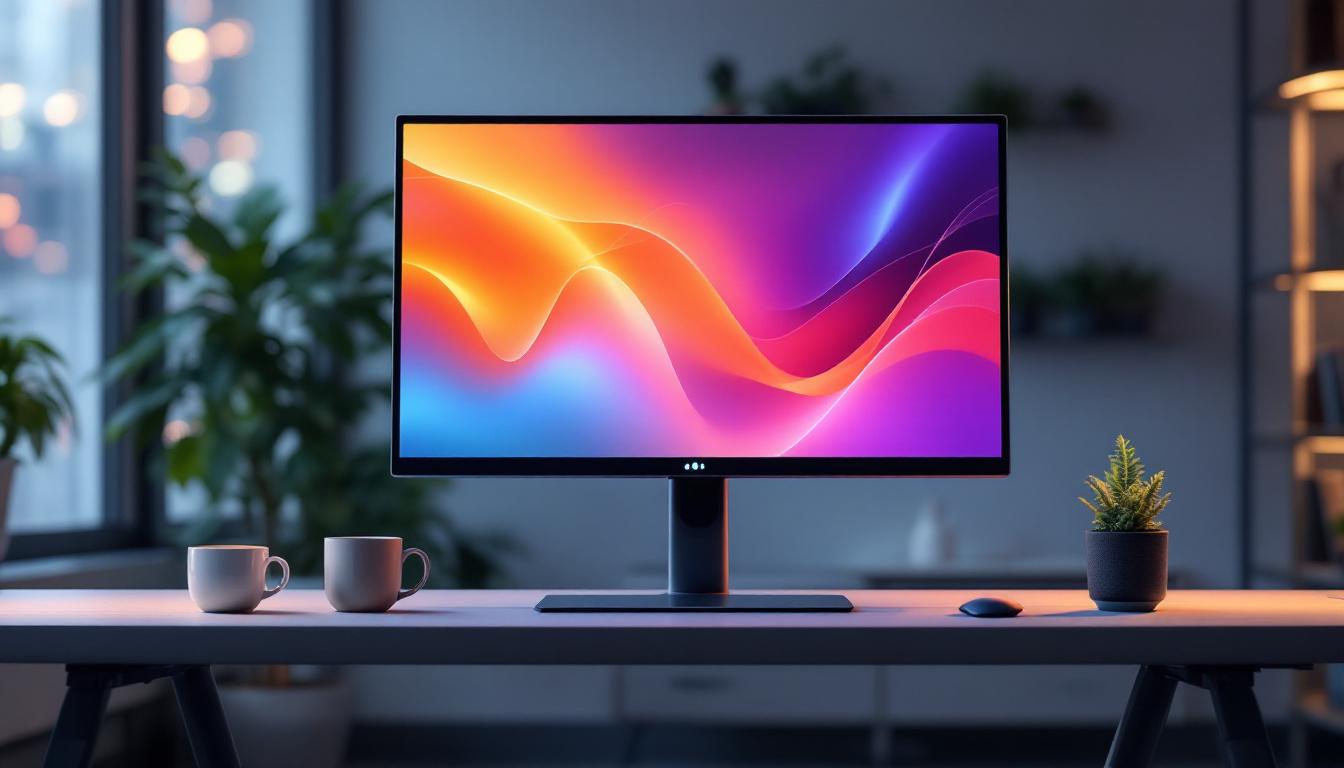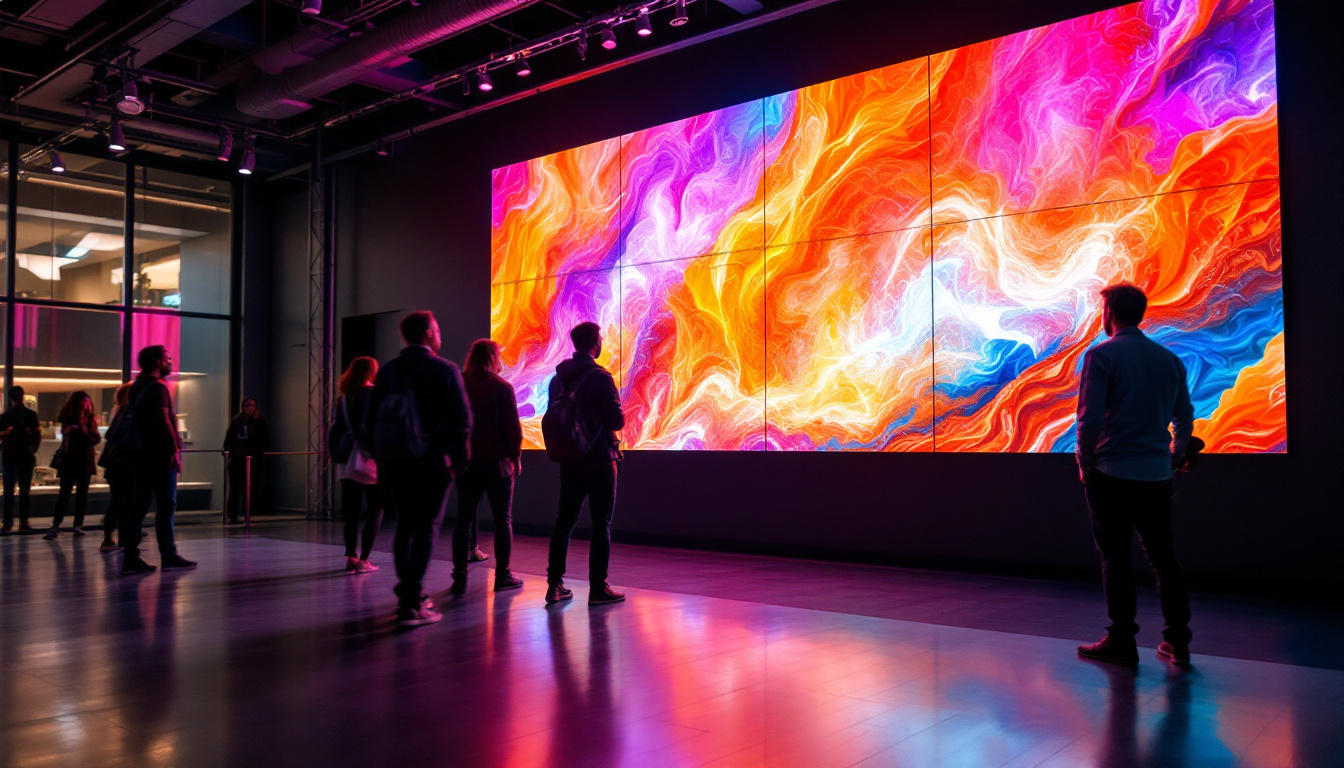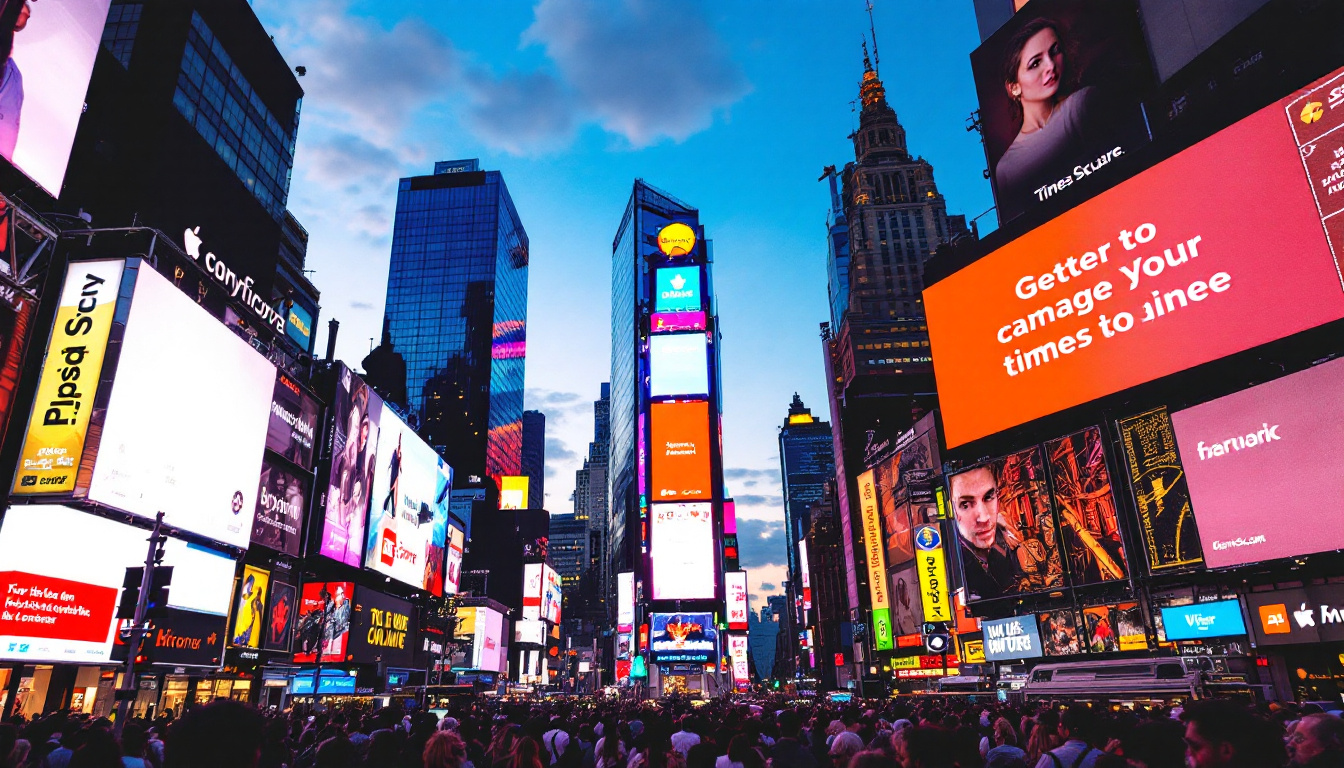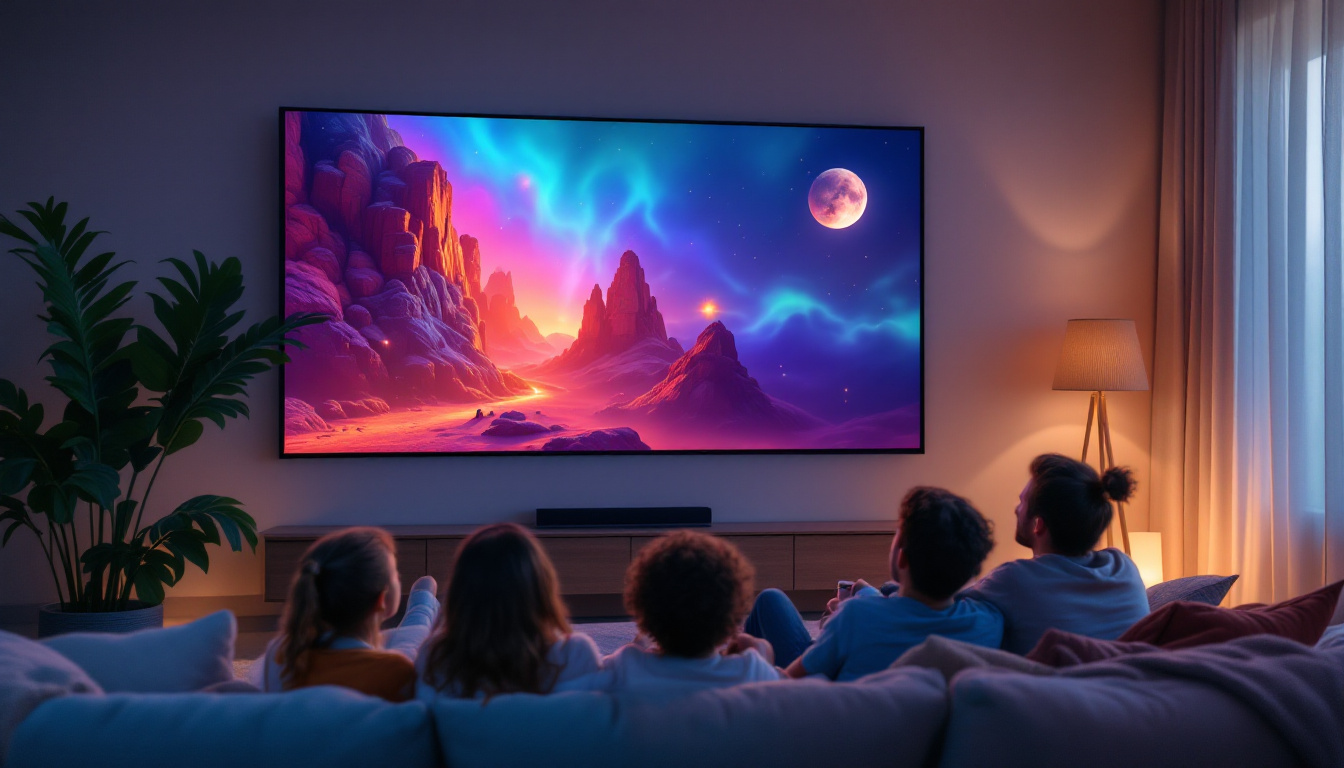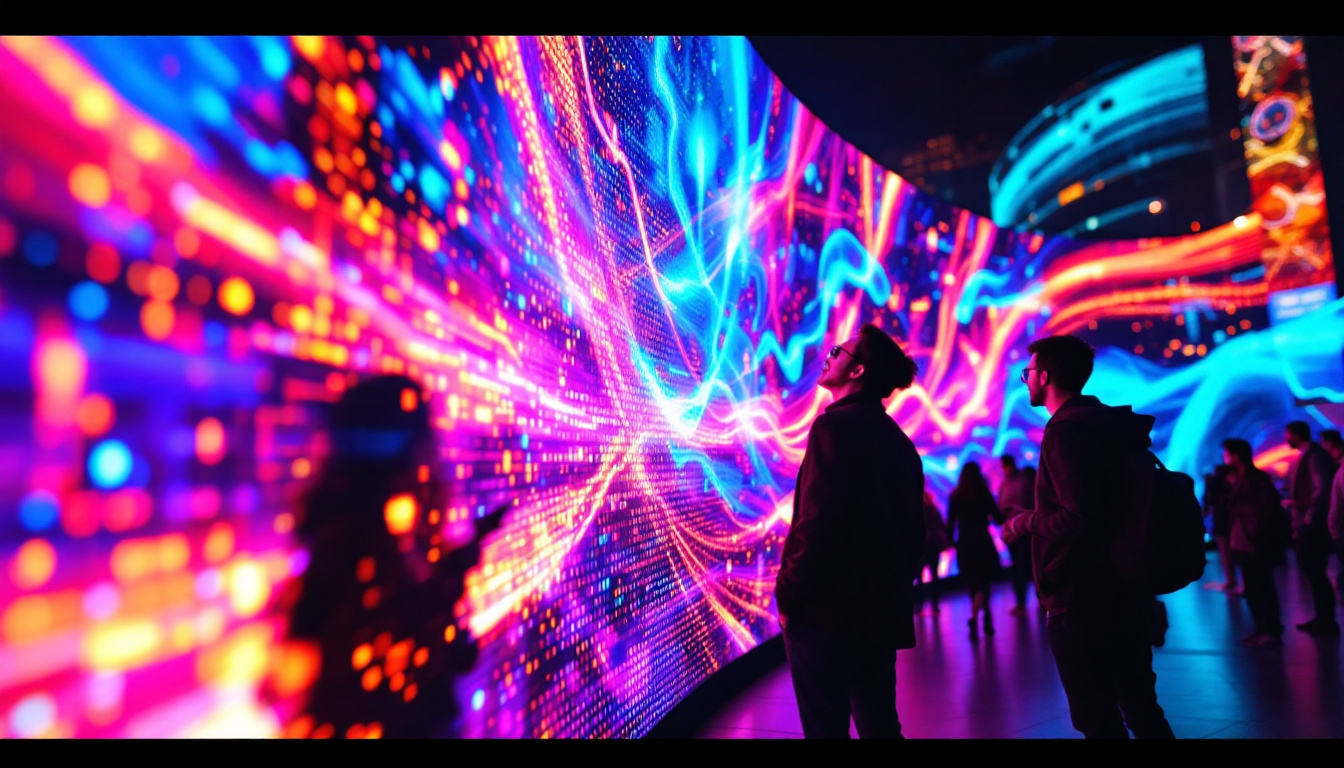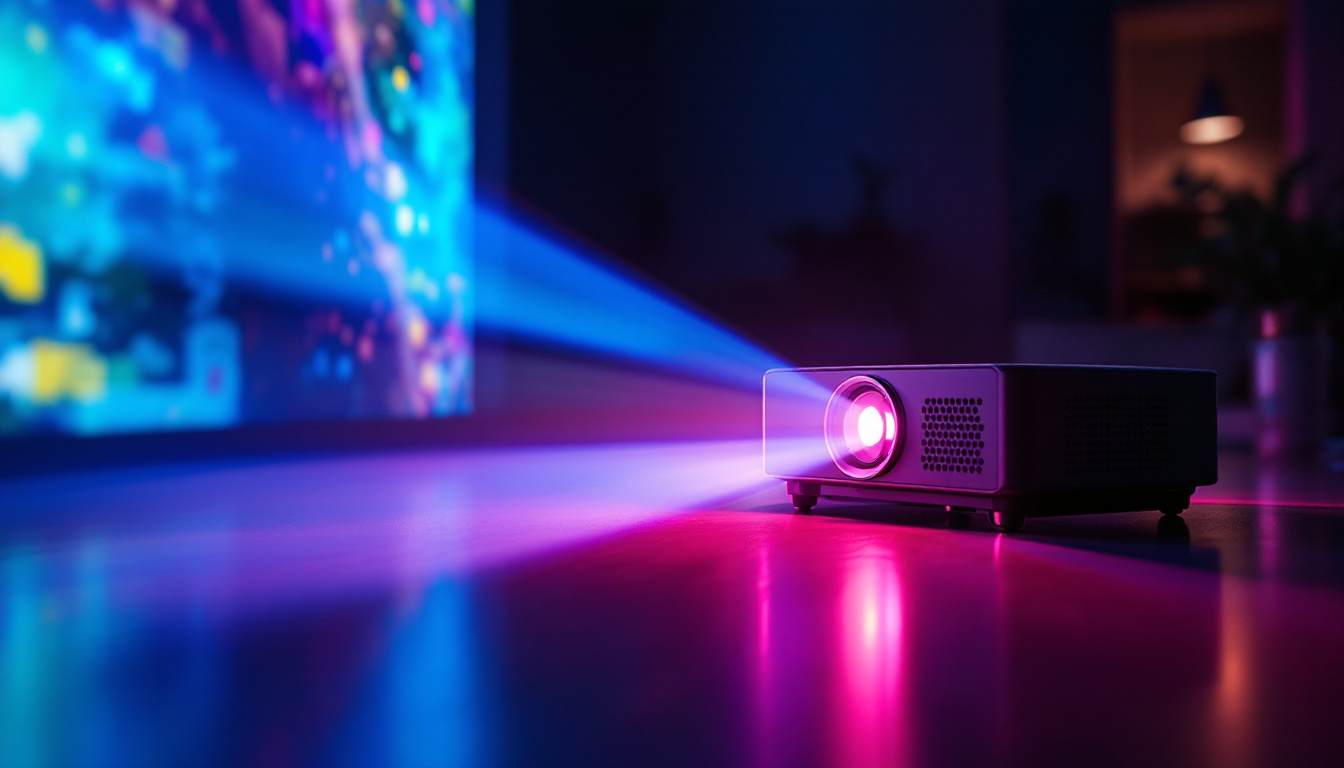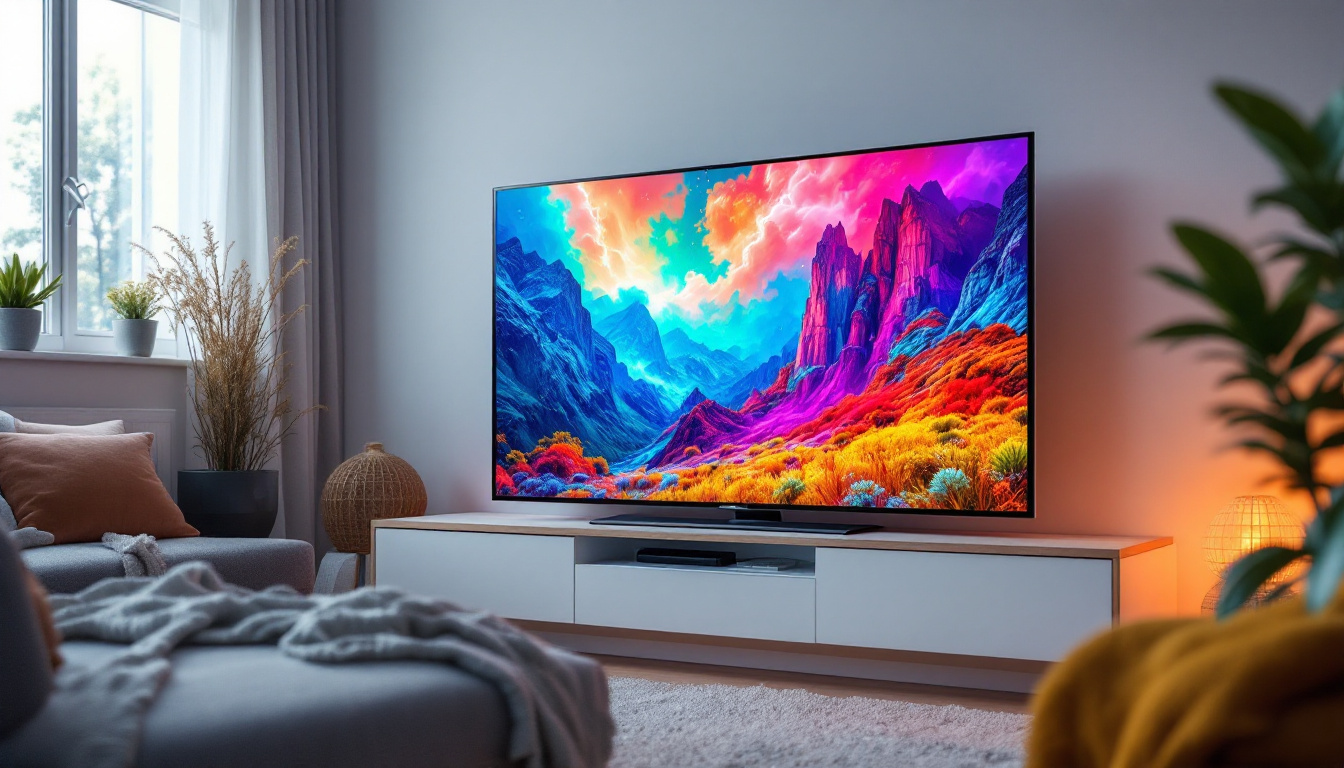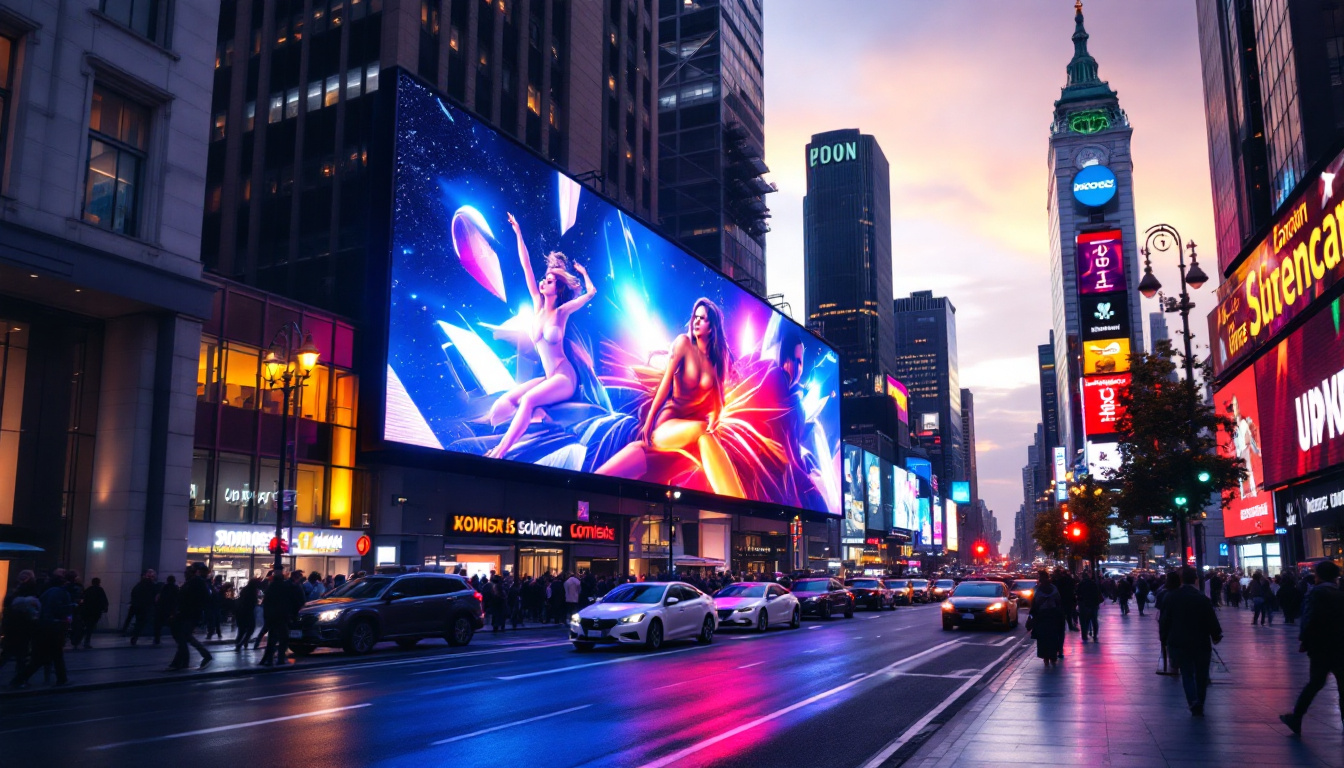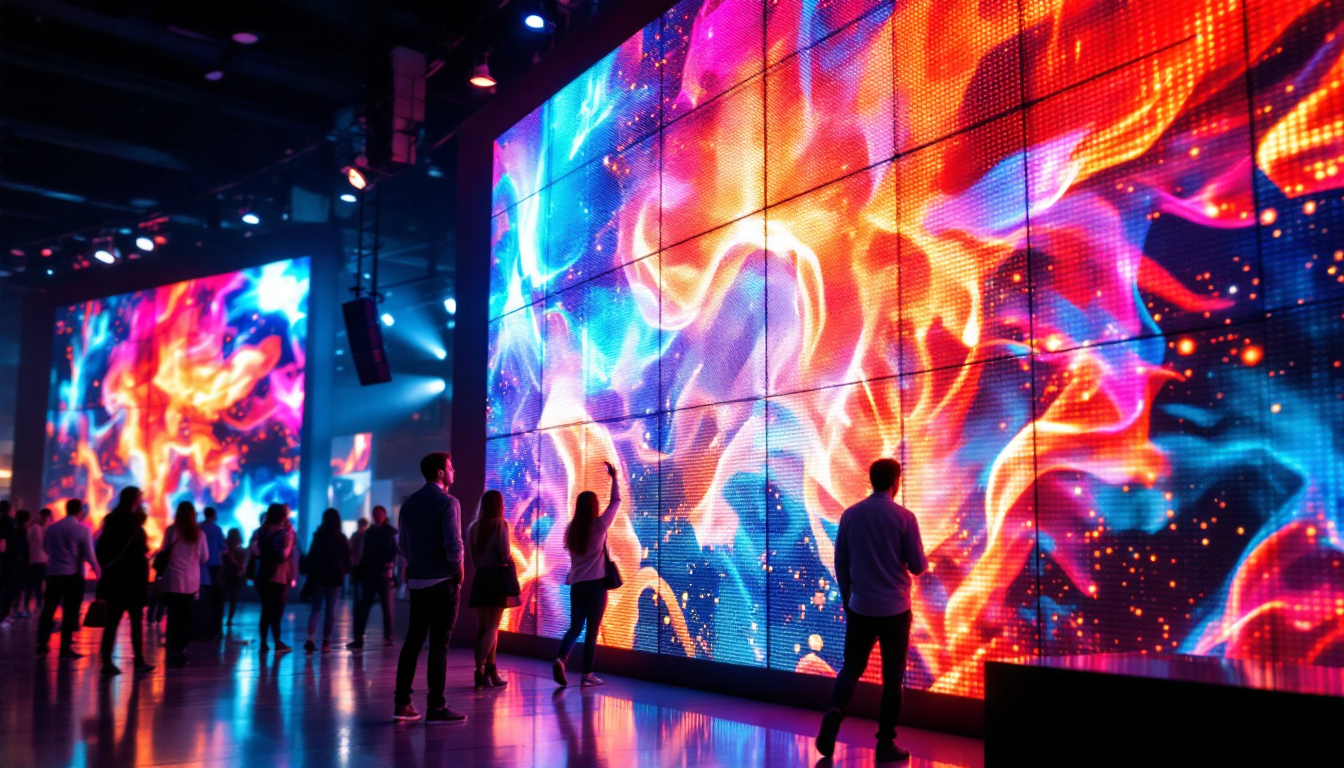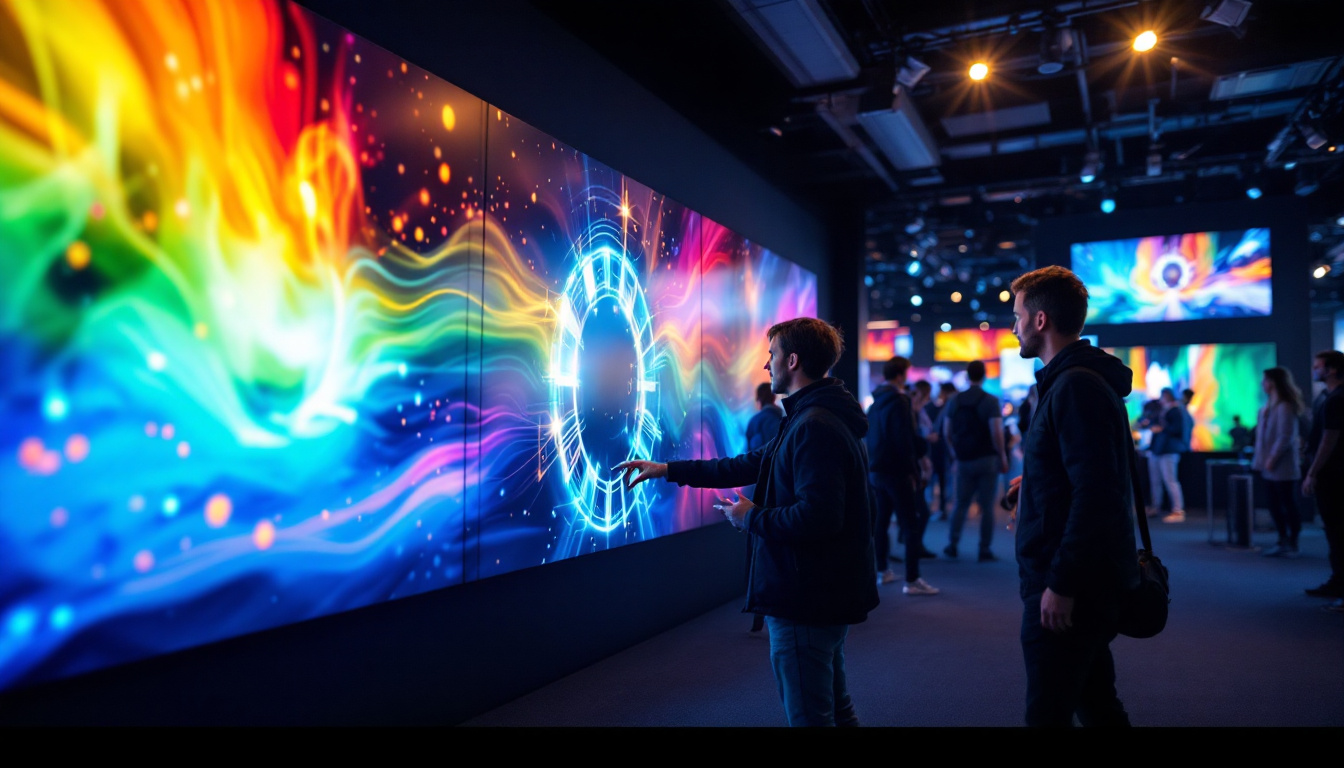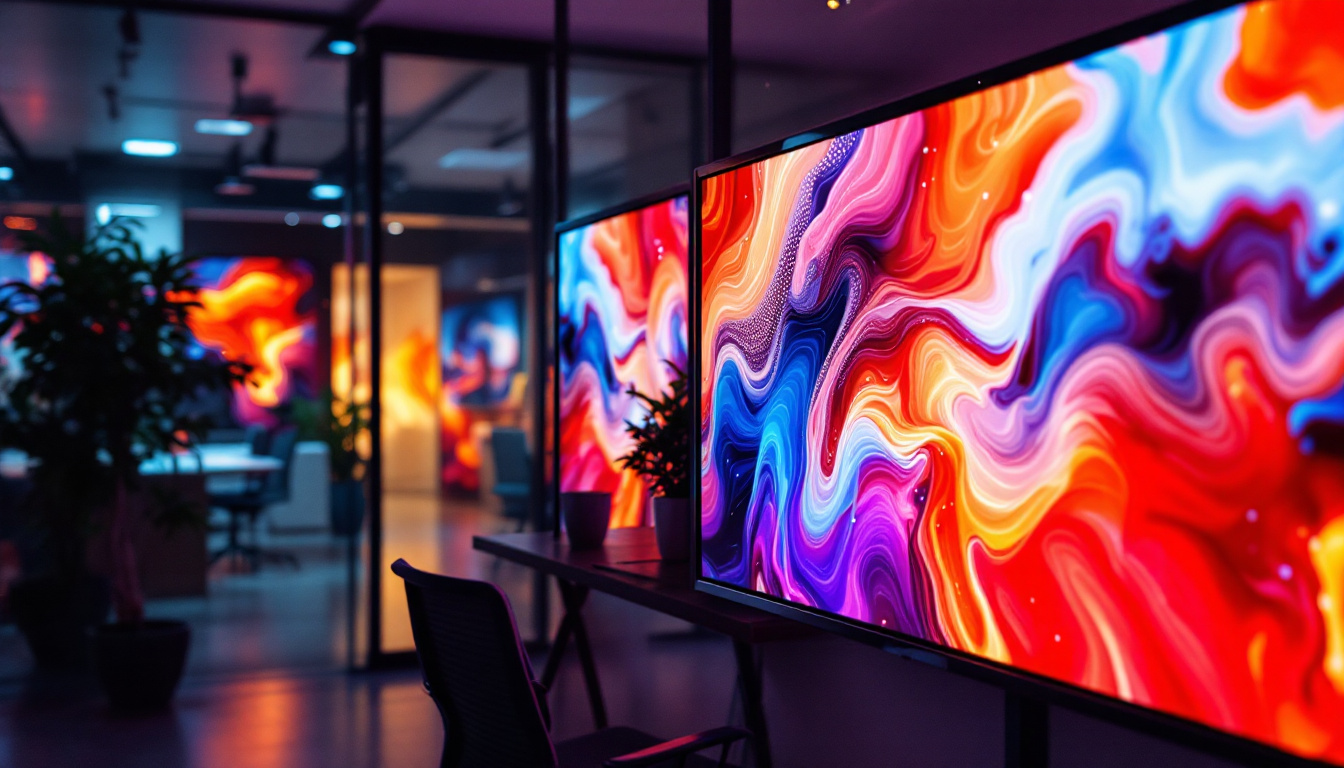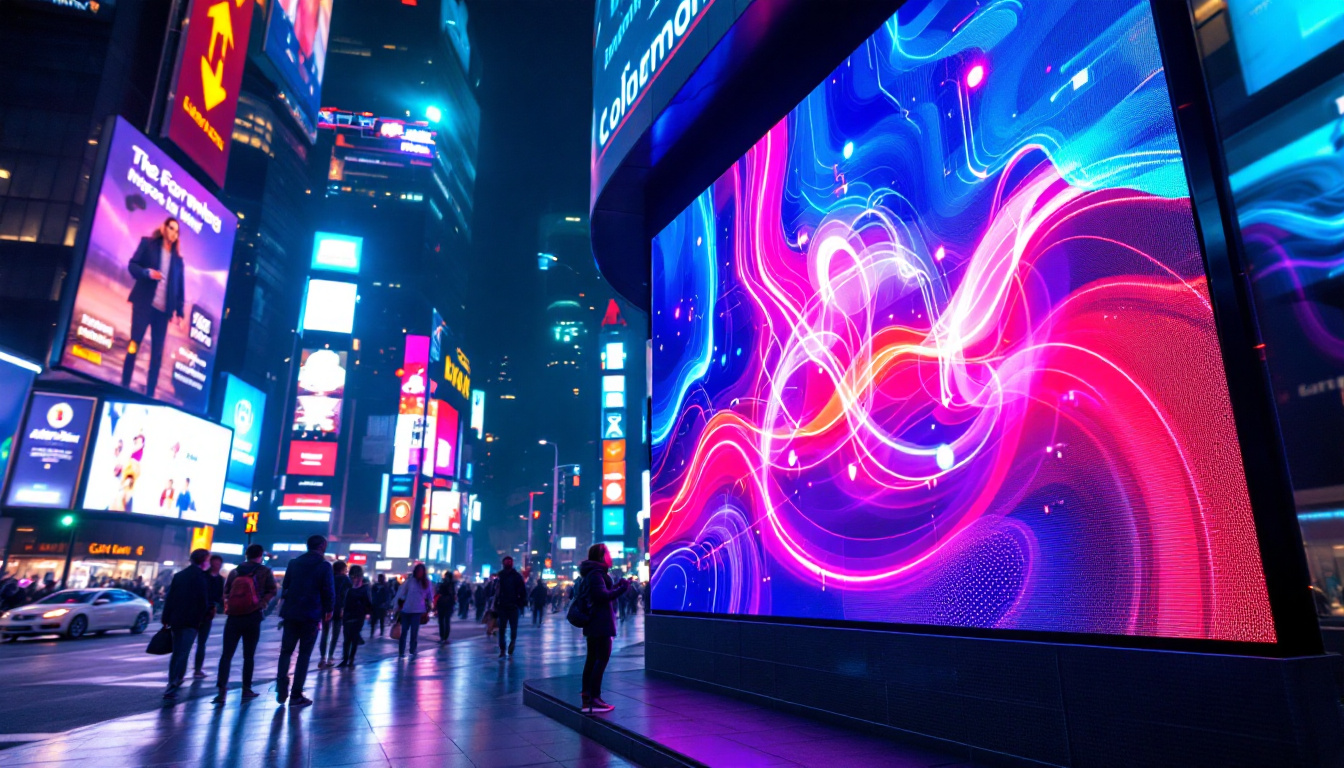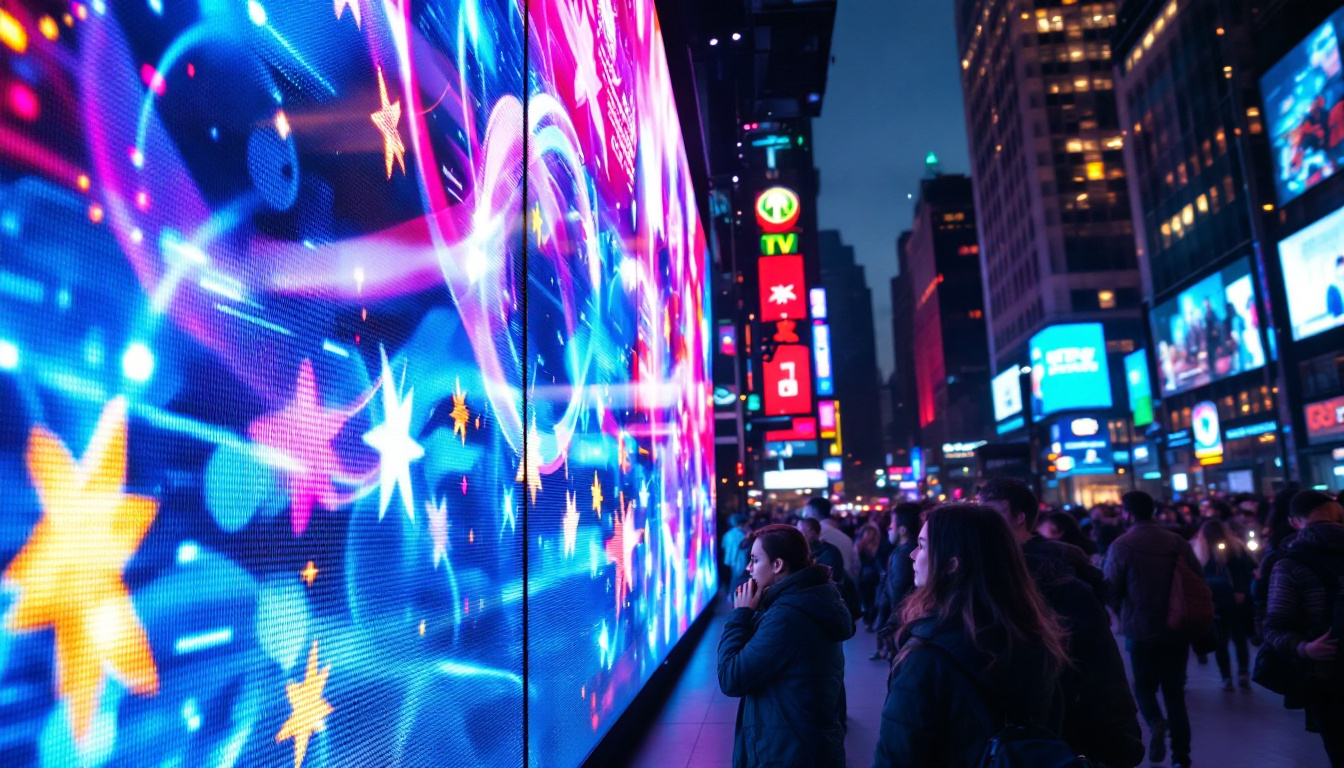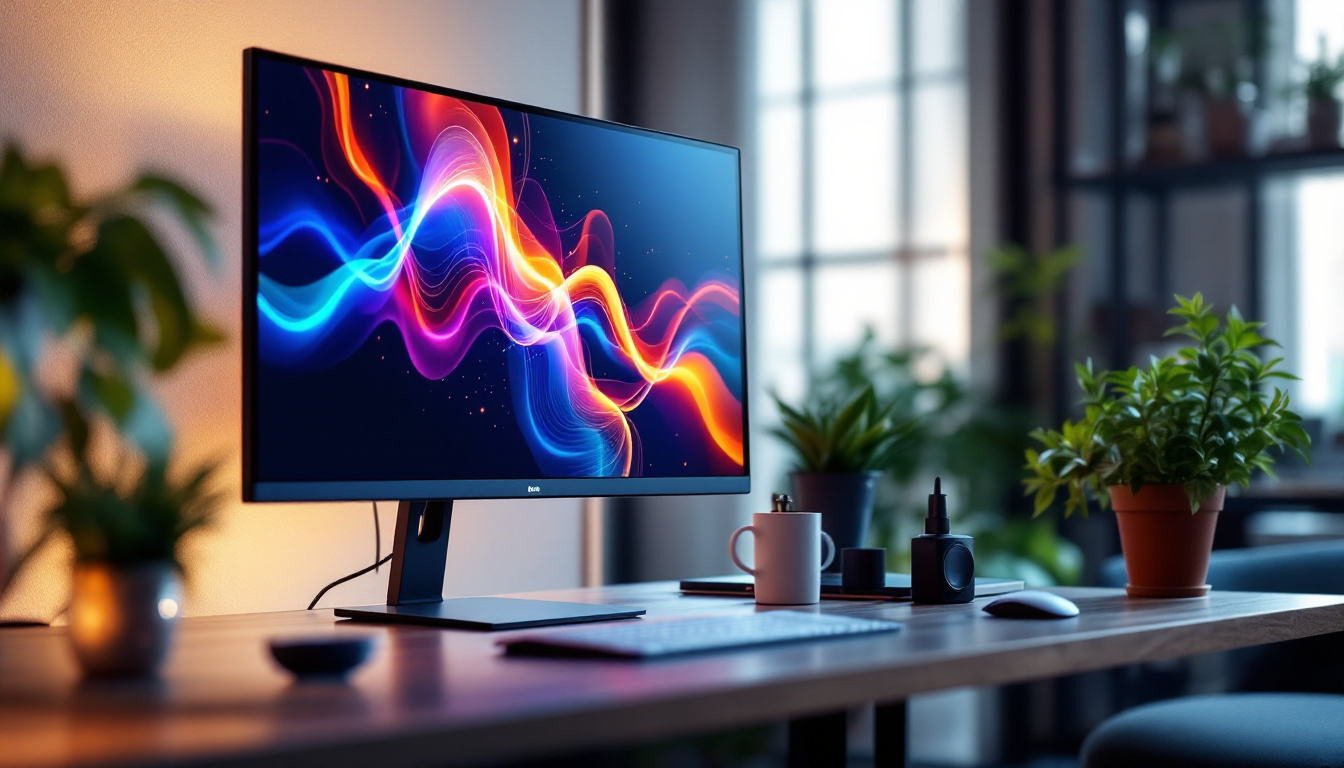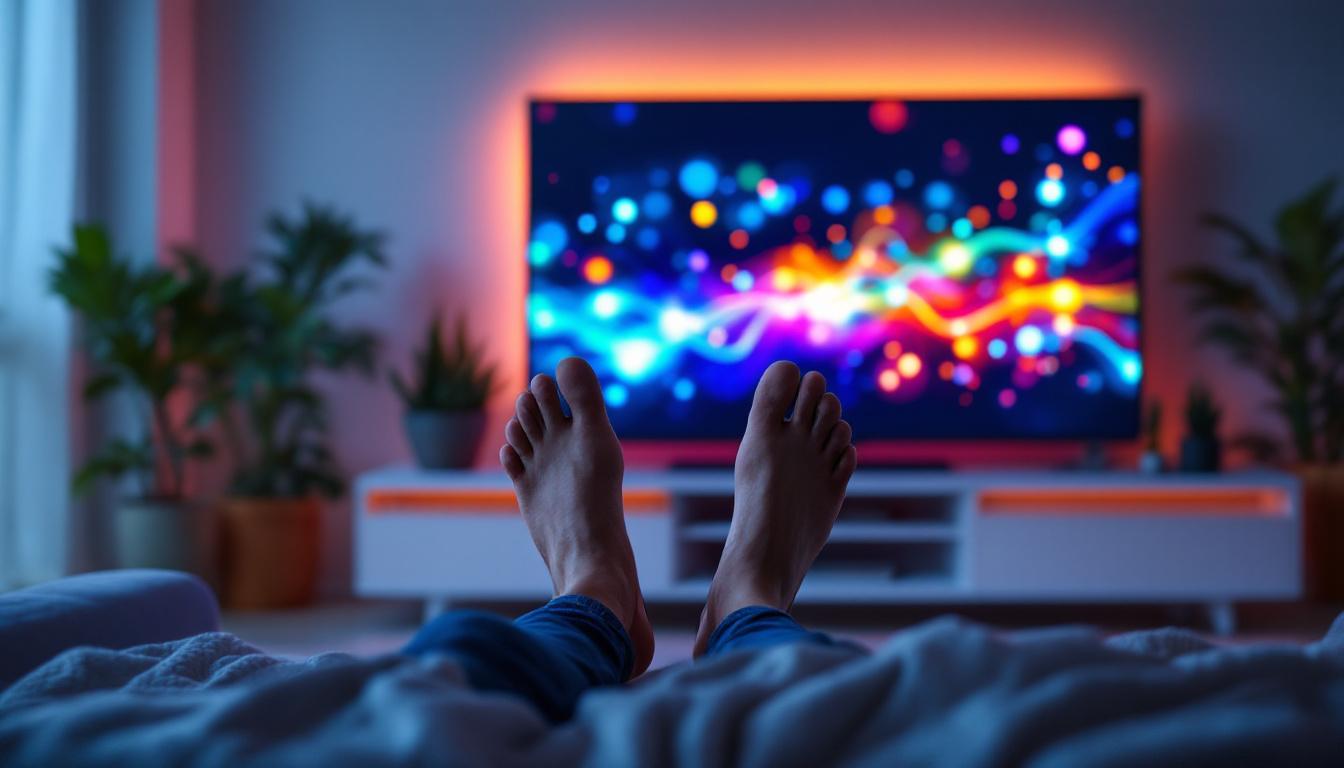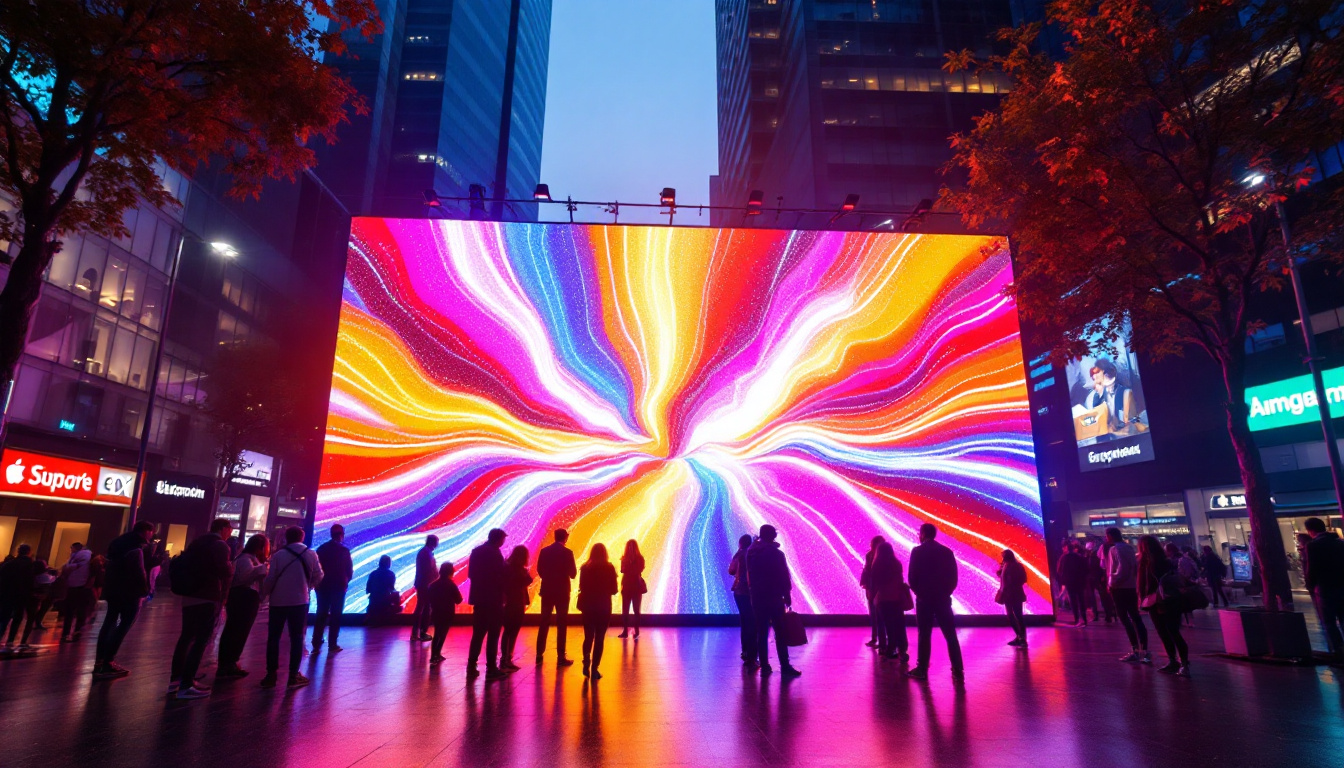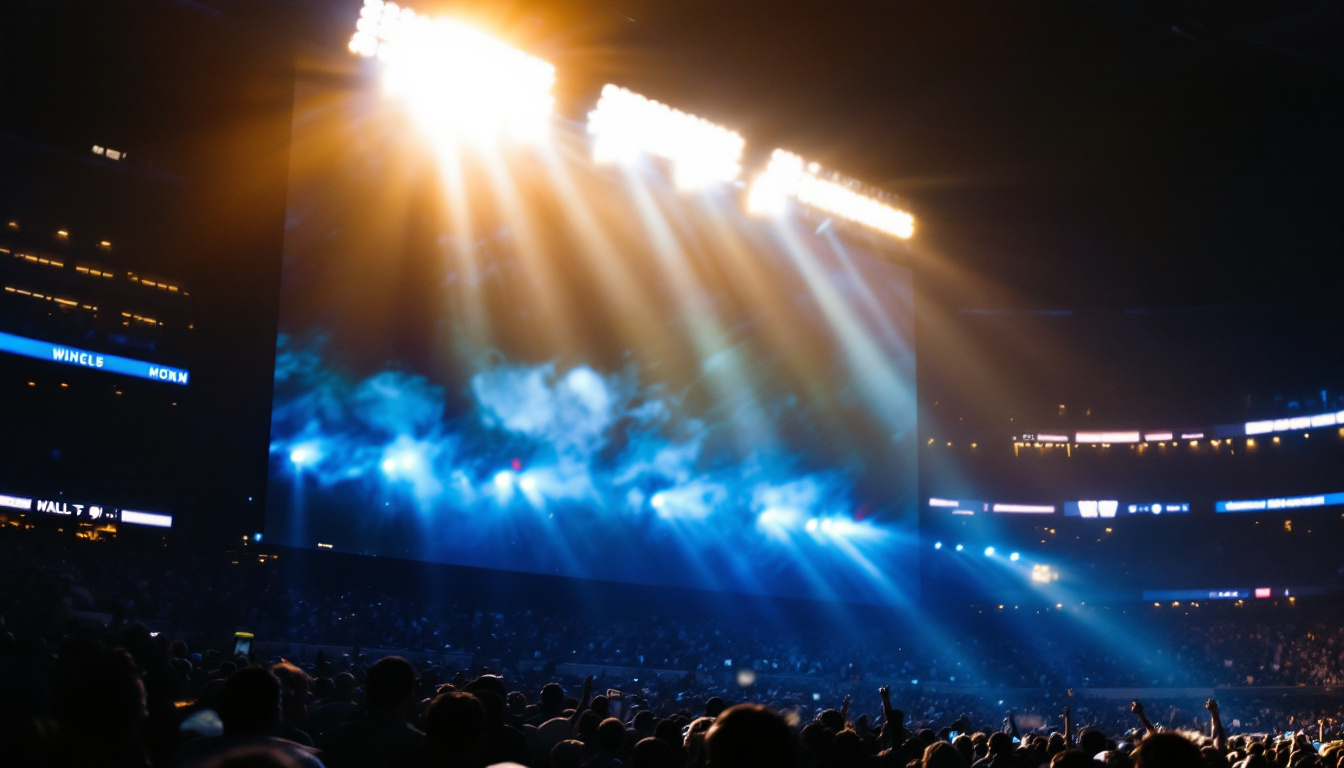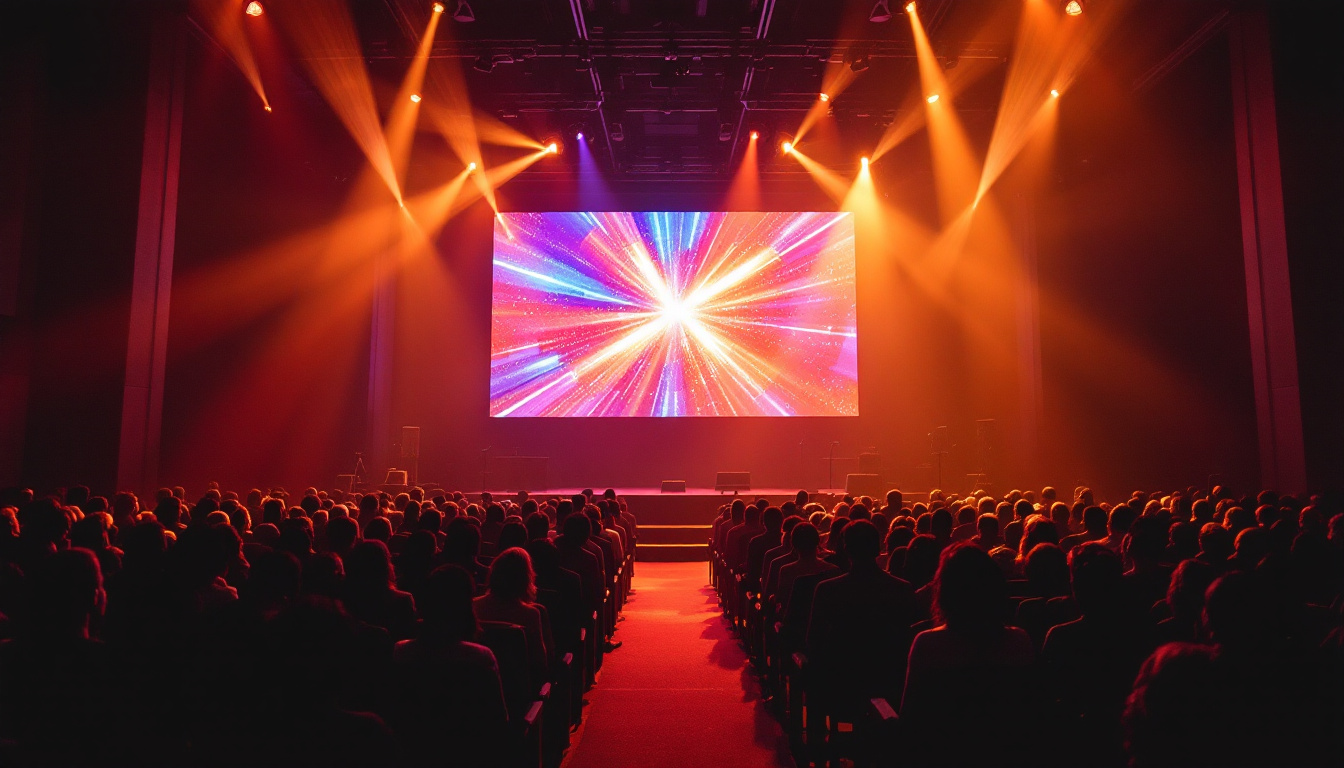In the realm of modern technology, the integration of audio and visual elements has transformed how we experience entertainment, presentations, and advertising. One of the most innovative solutions in this domain is the flat speaker wall with LED display technology. This article delves into the intricacies of flat speaker walls, exploring their design, functionality, and applications.
Understanding Flat Speaker Walls
Flat speaker walls are a unique blend of audio and visual technology, designed to deliver high-quality sound while simultaneously presenting vivid images or videos. These installations are increasingly popular in various settings, including corporate environments, retail spaces, and entertainment venues.
What is a Flat Speaker Wall?
A flat speaker wall is essentially a wall-mounted system that integrates flat-panel speakers with LED displays. This design allows for a seamless aesthetic, eliminating the need for bulky speakers that can disrupt the visual appeal of a space. The speakers are typically designed to be ultra-thin, allowing them to blend into the wall while providing powerful audio performance. This integration not only enhances the user experience but also creates a more immersive environment, where sound and visuals work in perfect harmony to engage the audience.
Key Components of Flat Speaker Walls
The primary components of a flat speaker wall include the LED display, the audio drivers, and the control system. The LED display serves as the visual component, showcasing high-definition images and videos, while the audio drivers are engineered to deliver clear and immersive sound. The control system manages both the audio and visual outputs, ensuring synchronization and optimal performance. Additionally, many flat speaker walls incorporate smart technology, allowing users to control settings via mobile devices or centralized control panels, making it easier to adjust the experience based on the audience or event type.
Benefits of Flat Speaker Walls
One of the most significant advantages of flat speaker walls is their space-saving design. By integrating audio and visual elements into a single unit, these installations free up valuable floor space, making them ideal for areas where space is at a premium. Additionally, the aesthetic appeal of flat speaker walls enhances the overall look of a room, providing a modern and sophisticated touch. Beyond aesthetics, flat speaker walls also improve sound distribution in a room, as the flat-panel design allows for better placement and angling of audio drivers, ensuring that sound reaches every corner of the space without distortion.
Moreover, flat speaker walls can be customized to fit various environments and branding needs. Businesses can choose from different sizes, colors, and finishes to match their interior design while also incorporating logos or specific visual themes into the display. This level of customization not only enhances brand visibility but also creates a unique atmosphere that can leave a lasting impression on clients and customers. As technology continues to evolve, flat speaker walls are becoming more versatile, with features like interactive touch screens and augmented reality capabilities, further expanding their potential applications in education, marketing, and entertainment.
How LED Displays Function
LED displays are at the heart of flat speaker walls, providing the visual component that captivates audiences. Understanding how these displays work is crucial to appreciating their role in the overall system.
The Technology Behind LED Displays
LED stands for Light Emitting Diode, a technology that has revolutionized the display industry. Unlike traditional LCD screens, which require a backlight, LED displays use individual diodes to emit light. This allows for greater brightness, improved contrast ratios, and more vibrant colors. Furthermore, LED technology is energy-efficient, making it a sustainable choice for large-scale installations.
Types of LED Displays
There are several types of LED displays, each suited for different applications. Common types include:
- Direct View LED: These displays consist of individual LED modules that can be arranged to form large screens. They are ideal for outdoor advertising and large venues.
- LED Backlit LCD: This type combines LCD technology with LED backlighting, offering improved color accuracy and brightness.
- MicroLED: A newer technology that offers even higher resolution and contrast, MicroLED displays are still emerging but hold great promise for the future.
Resolution and Brightness Considerations
When selecting an LED display for a flat speaker wall, resolution and brightness are critical factors. The resolution, measured in pixels, determines the clarity of the images displayed. Higher resolutions are essential for larger screens viewed from a distance. Brightness, measured in nits, is equally important, especially for displays used in well-lit environments. A higher brightness ensures that the visuals remain clear and vibrant, regardless of ambient light conditions.
Integrating Audio and Visual Elements
The true magic of flat speaker walls lies in the seamless integration of audio and visual components. This integration enhances the overall user experience, making it essential to understand how these elements work together.
Synchronization of Audio and Visuals
To create an immersive experience, audio and visual elements must be perfectly synchronized. This requires advanced audio processing technology, which ensures that sound is delivered at the right moment, corresponding with the visuals on the screen. Delays in audio can lead to a disjointed experience, detracting from the impact of presentations or performances.
Sound Quality and Performance
Flat speaker walls are designed to deliver high-fidelity sound. The audio drivers used in these systems are engineered to produce clear, balanced sound across a wide frequency range. This ensures that dialogue, music, and sound effects are reproduced accurately, enhancing the overall experience for the audience. Additionally, many systems incorporate advanced sound processing algorithms to further improve audio quality.
Control Systems and User Interfaces
Modern flat speaker walls often come equipped with sophisticated control systems that allow users to manage both audio and visual outputs easily. These systems can be operated via touch screens, remote controls, or even mobile applications, providing flexibility and convenience. Users can adjust volume levels, switch between audio sources, and control visual content with ease, making these systems user-friendly and accessible.
Applications of Flat Speaker Walls
The versatility of flat speaker walls makes them suitable for a wide range of applications across various industries. Their ability to combine high-quality audio and visual elements in a sleek design has led to their adoption in numerous settings.
Corporate Environments
In corporate settings, flat speaker walls are often used for presentations, video conferencing, and digital signage. The ability to display high-definition visuals alongside clear audio enhances communication and collaboration among team members. Additionally, these installations can be used to create engaging environments for clients and visitors, showcasing company branding and messaging effectively.
Retail Spaces
Retailers have embraced flat speaker walls as a powerful marketing tool. These installations can be used to display promotional content, product demonstrations, and advertisements, all while delivering an immersive audio experience. By capturing the attention of customers with vibrant visuals and engaging sound, retailers can drive sales and enhance the shopping experience.
Entertainment Venues
Flat speaker walls have become a staple in entertainment venues, including theaters, concert halls, and sports arenas. The combination of stunning visuals and high-quality sound creates an unforgettable experience for audiences. Whether it’s a live concert, a movie screening, or a sporting event, flat speaker walls elevate the overall atmosphere, making events more enjoyable and memorable.
Challenges and Considerations
While flat speaker walls offer numerous benefits, there are also challenges and considerations that must be addressed during the planning and installation process.
Installation and Space Requirements
Installing a flat speaker wall requires careful planning and consideration of the available space. The wall must be structurally sound to support the weight of the equipment, and the layout must accommodate the viewing angles of the audience. Additionally, proper cabling and connectivity must be established to ensure seamless operation.
Maintenance and Upkeep
Like any technology, flat speaker walls require regular maintenance to ensure optimal performance. This includes cleaning the LED display, checking audio connections, and updating software as needed. Establishing a maintenance schedule can help prevent issues and prolong the lifespan of the equipment.
Cost Considerations
The initial investment in a flat speaker wall can be significant, depending on the size and complexity of the installation. However, the long-term benefits, including enhanced user experience and increased engagement, often justify the cost. Businesses should carefully evaluate their needs and budget to determine the best solution for their specific requirements.
The Future of Flat Speaker Walls
The future of flat speaker walls looks promising, with ongoing advancements in technology and design. As the demand for immersive audio-visual experiences continues to grow, innovations in LED display technology and audio engineering are expected to enhance the capabilities of these systems.
Emerging Technologies
Emerging technologies, such as artificial intelligence and augmented reality, are likely to play a significant role in the evolution of flat speaker walls. AI can be used to analyze audience engagement and optimize content delivery, while augmented reality can create interactive experiences that blend the physical and digital worlds.
Increased Customization
As technology advances, customization options for flat speaker walls will expand. Businesses will be able to tailor their installations to meet specific needs, from unique shapes and sizes to personalized content. This level of customization will enhance the effectiveness of flat speaker walls in various applications.
Sustainability and Energy Efficiency
With growing awareness of environmental issues, the demand for sustainable technology solutions is on the rise. Future flat speaker walls are expected to incorporate energy-efficient components and materials, reducing their environmental impact while maintaining high performance.
Conclusion
Flat speaker walls with LED displays represent a significant advancement in audio-visual technology. Their ability to seamlessly integrate high-quality sound and stunning visuals makes them an invaluable asset across various industries. As technology continues to evolve, the potential applications and benefits of flat speaker walls are likely to expand, providing even more opportunities for innovation and engagement.
Incorporating flat speaker walls into corporate environments, retail spaces, and entertainment venues can enhance user experiences and drive engagement. As businesses and organizations seek to create immersive environments, understanding the intricacies of flat speaker walls will be essential for maximizing their potential.
Discover LumenMatrix’s Innovative LED Solutions
Ready to elevate your space with the latest in audio-visual integration? LumenMatrix is at the forefront of LED display technology, offering a wide array of solutions that bring your brand to life. From immersive Indoor LED Wall Displays to dynamic Outdoor LED Wall Displays and beyond, our products are designed to captivate your audience and deliver your message with unparalleled clarity. Experience the future of visual communication with LumenMatrix. Check out LumenMatrix LED Display Solutions today and transform your environment into a hub of engagement and innovation.

